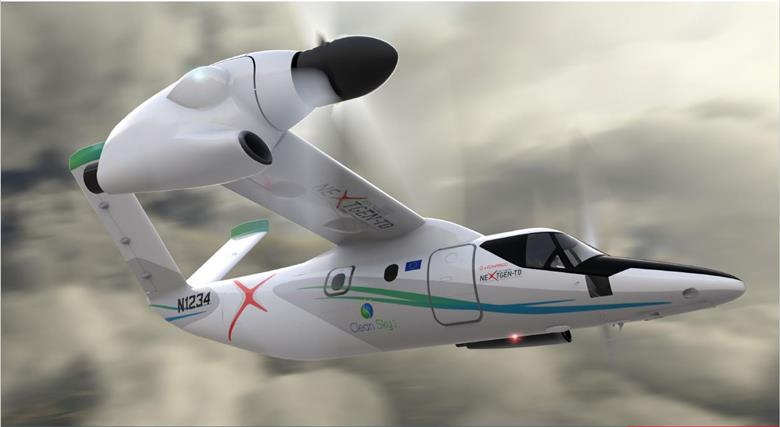- Joined
- 22 January 2006
- Messages
- 4,212
- Reaction score
- 2,008
AW&ST January 24,2000 by Michael A. Taverna
Eurocopter/Westland/Agusta Tiltrotor in the 10 ton 20-25 passenger class (significantly larger than the Bell Agusta 609). A flying demonstrator was planned to be flying by 2005-2006.
The European Joint Tiltrotor will benefit from earlier design efforts:
Eurocopter Eurotilt (derived from earlier Eurofar design)
Agusta Erica
Compound helicopter devised by GKN Westland ( I have no pics from it altough I have the following references if anybody can help; AW&ST July 12, 1999 p.23 and Feb 22.1999, p.47)
Eurocopter/Westland/Agusta Tiltrotor in the 10 ton 20-25 passenger class (significantly larger than the Bell Agusta 609). A flying demonstrator was planned to be flying by 2005-2006.
The European Joint Tiltrotor will benefit from earlier design efforts:
Eurocopter Eurotilt (derived from earlier Eurofar design)
Agusta Erica
Compound helicopter devised by GKN Westland ( I have no pics from it altough I have the following references if anybody can help; AW&ST July 12, 1999 p.23 and Feb 22.1999, p.47)












































